“Societies differ greatly as to the actual physical separation of the living and the dead.”
(Silverman, Helaine, and David B. Small, eds. 2002 The Space and Place of Death. Archeological Papers of the American Anthropological Association, 11. Arlington, VA: American Anthropological Association.)
In early December the bones of an indigenous native discovered on the edge of our village. It is the first find of a woman from the Iron Age in the province of Chayaphum.
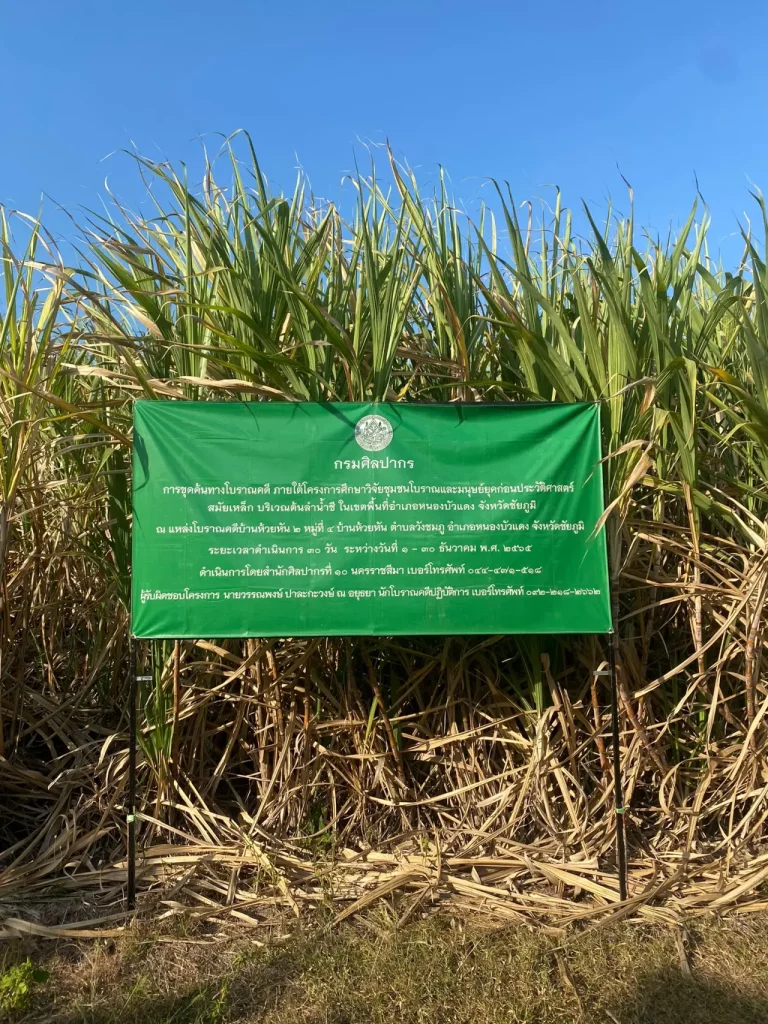
The archaeological excavations were led by Mr. Wannapong Palakawong (na Ayudhaya Archaeologist Fine Arts Department Ministry of Culture, the 10th Regional Office of Fine Arts).
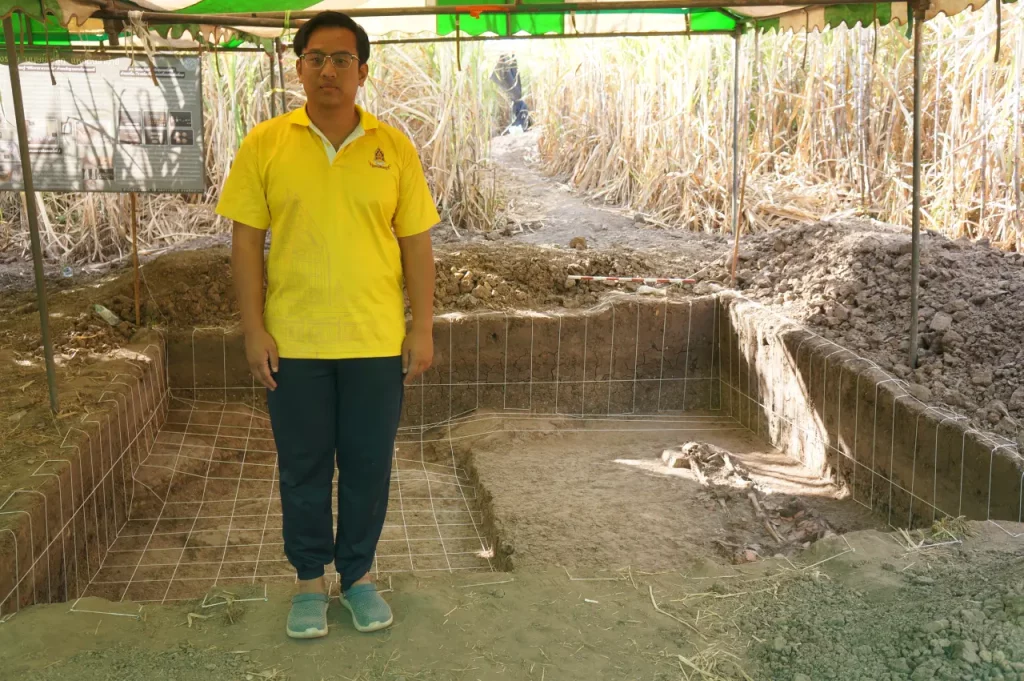
According to the first estimate, the woman lived here about 2.000 years ago – Iron Age. The Iron Age was the stage in the development of people in which tools and weapons whose main ingredient was iron were prominent. People made tools from bronze before they figured out how to make them from iron because iron’s melting point is higher than that of bronze or its components. The adoption of this material coincided with other changes in some past societies, often including differing agricultural practices, religious beliefs and artistic styles, although this was not always the case.
Archaeological sites in Thailand, such as None Nok Tha, Lopburi Artillery centre, Ong Ba Cave and Ban Don Ta Phet show iron implements in the period between 3,400-1,700 years ago.
In addition to the mysterious woman, near a sugar cane field, a residential place, some kitchen vessels and jewelry were found.
Now the scientific investigation of the archaeological site begins. I give the woman the name “Isaan Lyanna”, which means “the mysterious from Isaan”.
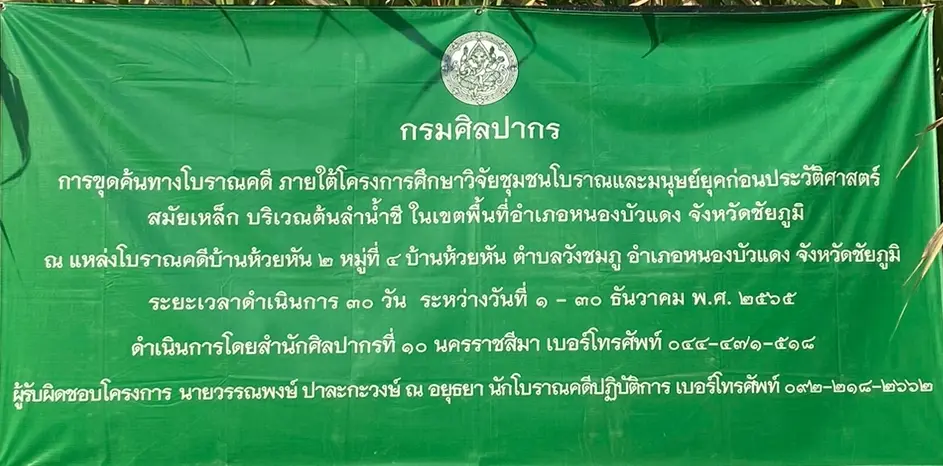
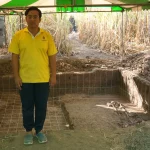
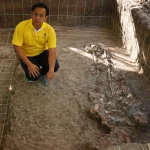
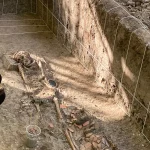
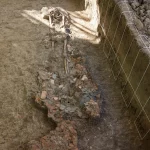
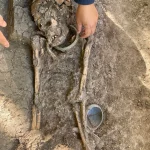
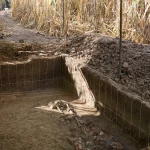
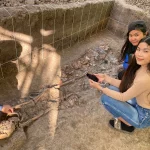
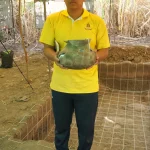
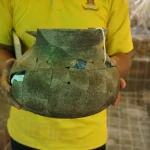
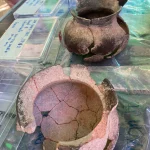
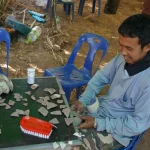
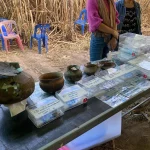
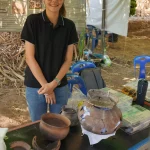
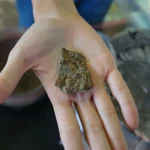
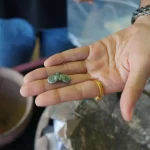
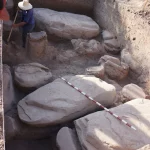
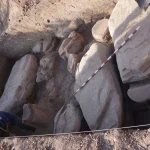
Get to know the history of Isaan via Wikipedia.
Resident Burial and the Metal Age of Thailand learn more:
